UV Skinz- A Review
UV Skinz makes clothing, fun and fashionable protective sunwear for infants, kids and adults. All of their garments offer a sun protection factor of at least 50. When you wear their clothes you are protected from the sun in the covered areas and don’t need to wear sunscreen there. Sounds good, but are the clothes wearable?
When I took my new shirt out of the package my first reaction was, “don’t know if I’ll like this”. It felt, well, synthetic. As a lifelong wearer of cotton, UV Skinz would clearly take some adjustment. Not a thread of cotton was to be found in the garment. The label said “86% nylon, 14% spandex”. Exactly what is spandex, anyway?
I put the shirt (the Darren Long Sleeve Regatta) on. It felt cool to the touch. It felt cool in a Captain America uniform kind of way. It was stretchy. It fit good. It felt good!
My concern was that the shirt would be hot and sweaty. It’s winter in Florida, so the highest temperature I’ve been out in was only 80 degrees. The UV Skinz shirt has been very comfortable each of the four times I’ve worn it, both paddling the kayak and poling the skiff.
It looks good, it feels good, it’s comfortable. I think I’ve overcome my fear of synthetics. This product is a winner.
If you have children protecting them from sunburn is the best thing you can do to keep them skin cancer free. UV Skinz offers the necessary tools to do that. If you spend much time fishing you need protection from the sun. UV Skinz has what you need.
UV Skinz has my highest recommendation. Protect yourself and your loved ones. Visit their website at http://www.uvskinz.com .
John Kumiski
http://www.spottedtail.com
All content in this blog, including writing and photos, copyright John Kumiski 2013. All rights are reserved.
|
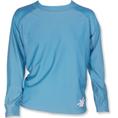









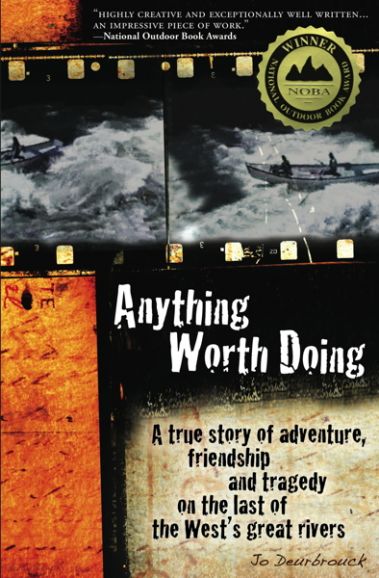

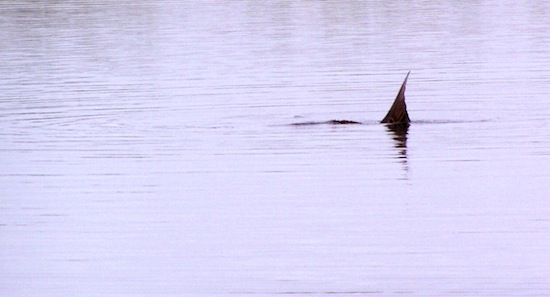

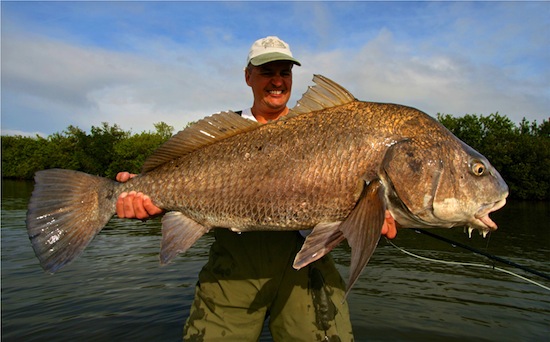
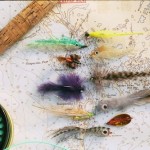
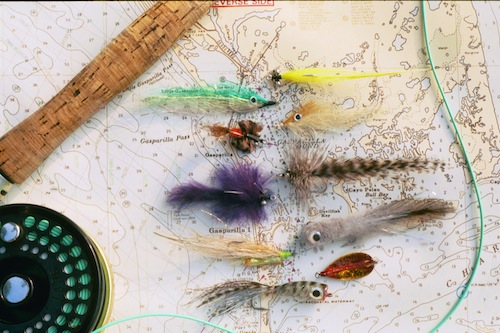
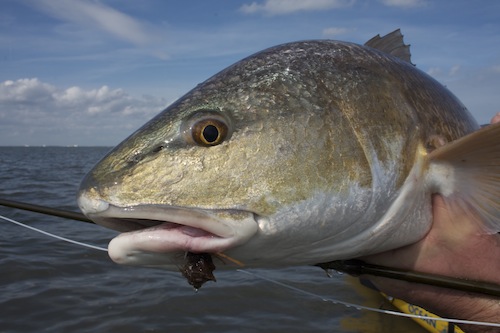
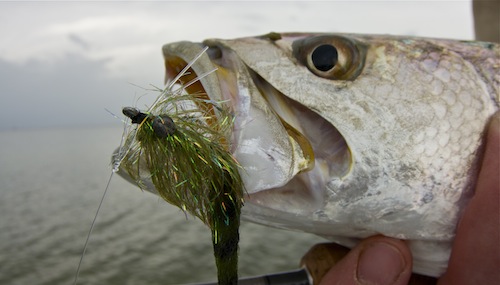
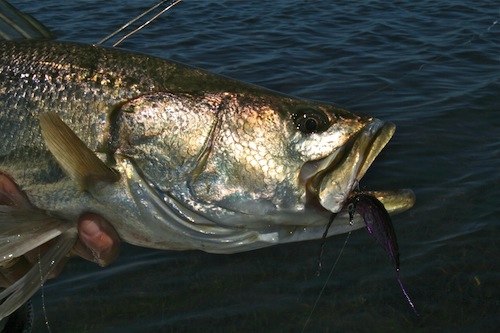
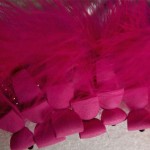
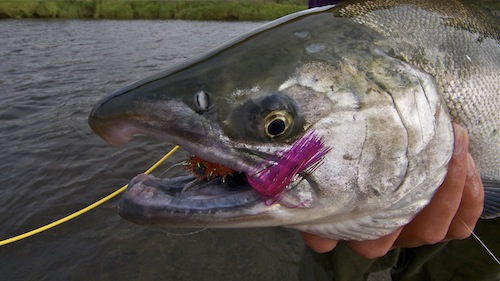
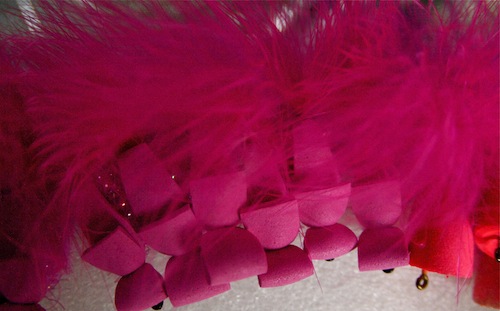
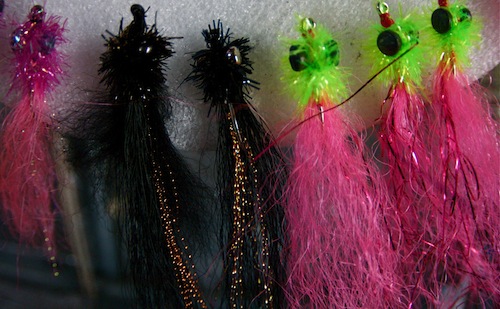
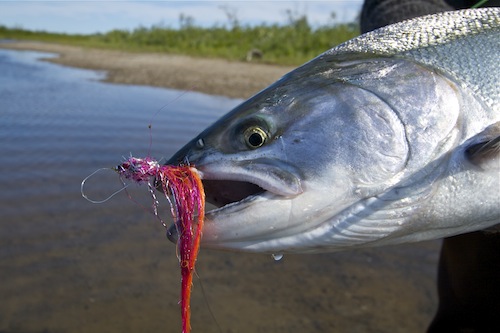
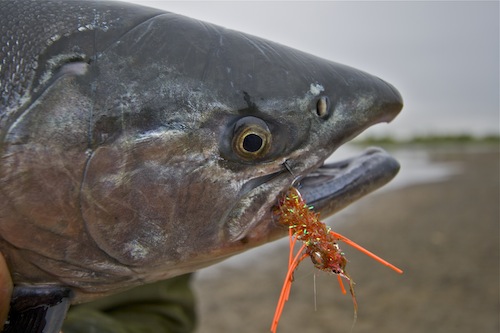
Recent Comments